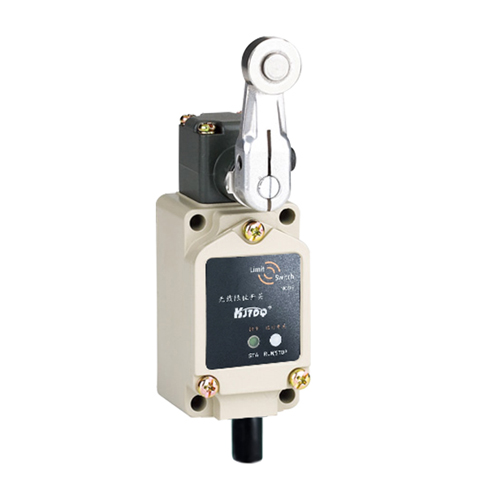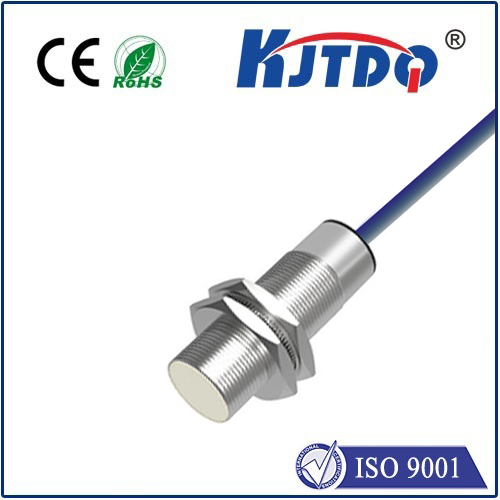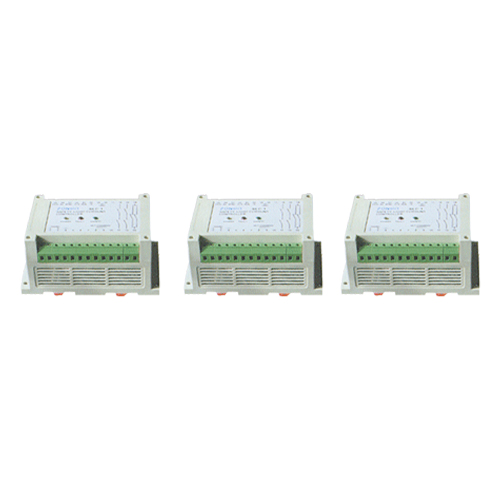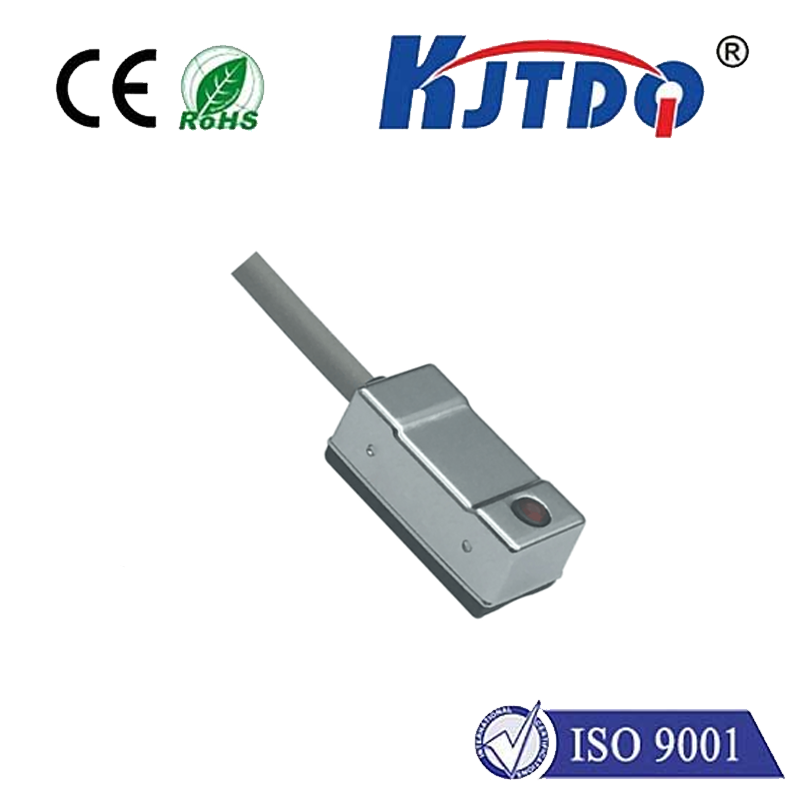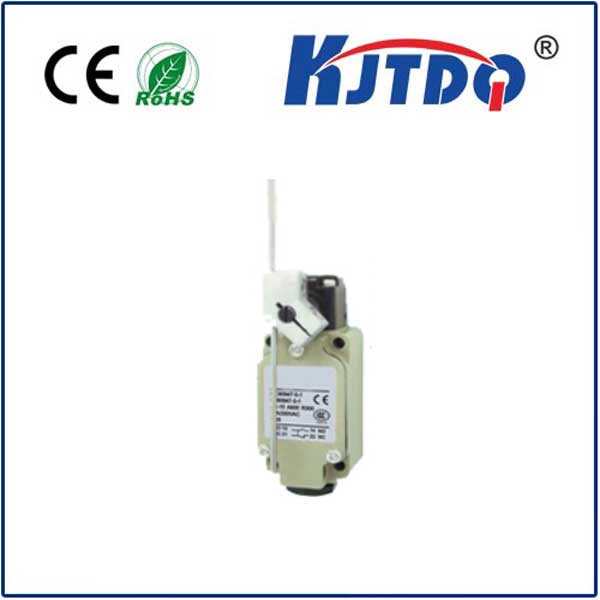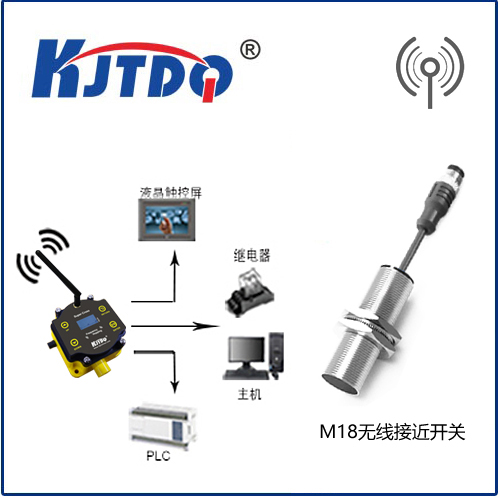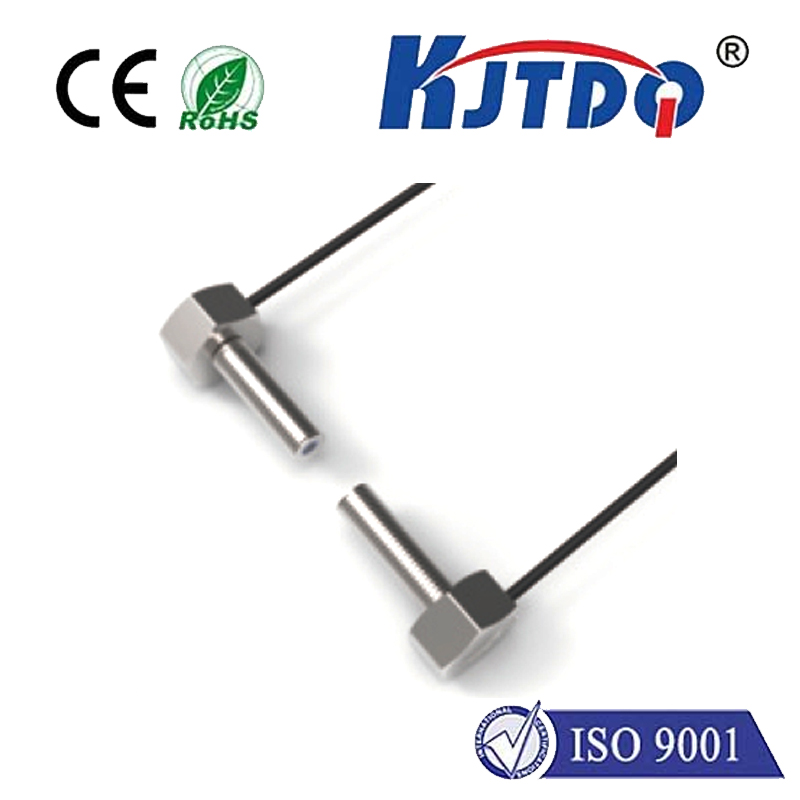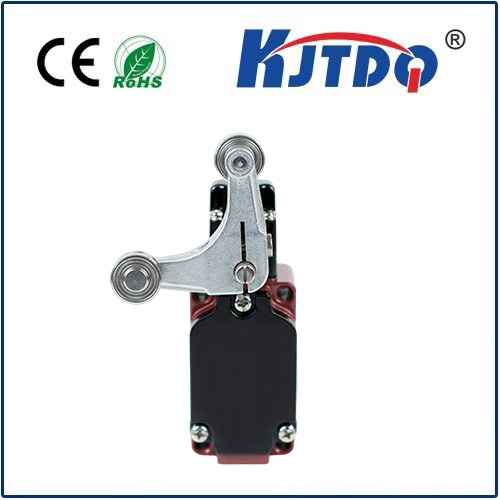BES025U high pressure proximity sensor
- time:2025-10-01 01:06:44
- Click:0
BES025U High Pressure Proximity Sensor: Precision Detection in Demanding Environments
Imagine a critical hydraulic system operating under immense pressures. Failures are catastrophic. Component monitoring isn’t just helpful; it’s essential for safety and preventing costly downtime. In these high-stakes scenarios, where standard sensors falter, reliable detection of moving parts becomes paramount. Enter the BES025U High Pressure Proximity Sensor – engineered specifically to deliver unwavering performance precisely where pressure is king.
High-pressure environments pose unique challenges for proximity sensors. Standard inductive sensors, while reliable in typical conditions, can be compromised by extreme force acting on their housings, potential seal failures leading to ingress, or signal instability caused by pressure fluctuations. The BES025U addresses these challenges head-on, representing a category of sensors built from the ground up for resilience. These sensors are designed not just to survive but to thrive under sustained, heavy loads, making them indispensable in numerous industrial applications.
Unveiling the Core Technology: Inductive Sensing Under Pressure
At its heart, the BES025U functions as an inductive proximity sensor. This means it generates an electromagnetic field. When a metallic target (like a piston rod, valve stem, or machine component) enters this field, eddy currents are induced within the target. The sensor detects this change in the oscillation amplitude of its internal coil circuit. Crucially, the BES025U incorporates design features specifically tailored to ensure this fundamental detection principle remains robust despite external pressure forces acting upon its housing.

Key Robustness Features of the BES025U Sensor:
- Reinforced Housing: Constructed typically from high-grade stainless steel (like V4A/316L), the housing is engineered to withstand significant mechanical stress and deformation caused by high external pressures without compromising the internal electronics or detection characteristics.
- Enhanced Sealing: Achieving high IP ratings (commonly IP67 or IP69K) is non-negotiable. The BES025U employs advanced sealing technologies, often multiple O-rings or specialized encapsulated seals, to prevent the ingress of hydraulic fluids, oils, water, or cleaning agents – even under pressure differentials. This sealing is vital for long-term reliability.
- Pressure-Compensated Design: Some high-pressure sensors incorporate features to internally equalize pressure, minimizing stress on seals and internal components. This helps maintain consistent performance and sensor longevity in fluctuating pressure environments.
- Stable Electronics: The internal circuitry is designed and potted (encased in resin) to resist vibration, shock, and the potential micro-movements induced by pressure cycles, ensuring signal stability and reducing the risk of failure.
Where the BES025U Excels: Industrial Applications Demanding Resilience
The BES025U High Pressure Proximity Sensor finds its true calling in applications where pressure is a constant or frequent companion. Its robust design makes it a preferred solution across several critical sectors:
- Hydraulic Systems: This is arguably its primary domain. Monitoring cylinder piston position inside pressurized hydraulic cylinders, detecting valve spool positions in hydraulic valves, and confirming the engagement of clamps or presses operating under high force are core functions. Its ability to handle the pressure within the cylinder block or manifold is crucial.
- Fluid Power Engineering: Beyond hydraulics, high-pressure pneumatics and applications involving other fluids (like oils, coolants, or chemicals) under pressure benefit from the BES025U’s sealing and robustness. Detecting pump status, valve actuation, or component presence in pressurized lines.
- Heavy Machinery: Construction equipment (excavators, bulldozers), agricultural machinery (tractors, harvesters), and mining equipment often operate hydraulic functions under immense loads. The BES025U provides reliable position feedback for cylinders, booms, and attachments.
- Marine & Offshore: Harsh saltwater environments combined with potential high-pressure fluid systems (steering, winches, thrusters) demand sensors like the BES025U that offer both corrosion resistance (stainless steel V4A/316L) and high-pressure tolerance.
- Presses & Molding Machines: Applications involving high-tonnage presses or injection molding machines require sensors that can withstand the intense pressures generated during operation to monitor mold position, ejector pins, or safety interlocks.
- Test Benches: Equipment used for pressure testing components needs sensors that can reliably monitor fixtures or actuators within the pressurized test chamber itself.
Key Advantages Beyond High Pressure Tolerance
While pressure resistance defines its core capability, the BES025U offers several other significant advantages:
- Non-Contact Operation: Like all inductive sensors, it detects metallic targets without physical touch. This eliminates wear and tear, ensuring a long operational lifespan even in high-cycle applications.
- Fast Switching Response: These sensors react incredibly quickly to target presence or absence, making them suitable for high-speed machinery and precise position control requirements.
- Immunity to Environmental Factors: Well-sealed units are highly resistant to dust, dirt, moisture, oils, and vibrations, performing reliably in challenging shop floor conditions.
- Simple Integration: Typically available in standard barrel sizes (e.g., M12, M18, M30) with various mounting options (threaded, flush, non-flush) and electrical outputs (NPN, PNP, NO, NC), integrating the BES025U into existing machinery control systems is usually straightforward.
- Reliability & Reduced Downtime: By providing accurate detection in harsh conditions, the BES025U proximity sensor directly contributes to increased machine uptime, reduced maintenance costs associated with sensor failures, and enhanced overall system safety.
Selecting and Implementing the BES025U Effectively
Choosing the right BES025U variant requires considering several factors beyond “high pressure”:
- Specific Pressure Range: Confirm the sensor’s rated maximum pressure specification aligns with your application’s peak pressure, including potential pressure spikes.
- Operating Temperature: Ensure the sensor can handle the ambient and process temperatures.
- Target Material: Standard inductive sensors detect ferrous metals best; sensing non-ferrous metals (like aluminum, brass) requires variants specifically optimized for those materials and will have a shorter sensing range.
- Sensing Distance: Select the appropriate nominal sensing range (Sn) based on the required installation gap between the sensor face and the target.
- Electrical Requirements: Match the voltage supply (e.g., 10-30V DC) and output type (PNP/NPN, normally open/closed) to your control system.
- Housing Material & Seal: Verify corrosion resistance requirements (stainless steel grade) and sealing rating (IP67, IP69K) are sufficient.
Proper installation is vital. Ensure correct mounting torque is applied to the housing threads to achieve the specified sealing performance without damaging the sensor. Pay close attention to cable routing and strain relief to prevent damage, especially in high-vibration environments. Adhere strictly to the manufacturer’s datasheet specifications for maximum pressure, temperature, and sensing distance.
For engineers and maintenance professionals wrestling with the challenge of position detection under extreme pressures, the BES025U High Pressure Proximity Sensor stands out as a proven solution. Its robust construction, reliable sealing, and inherent stability in demanding settings make it more than just a component; it’s a critical element enabling efficiency, safety, and uninterrupted operation within the high-pressure heart of modern industrial machinery. Understanding its capabilities and deploying it correctly unlocks significant benefits in the most challenging applications.






